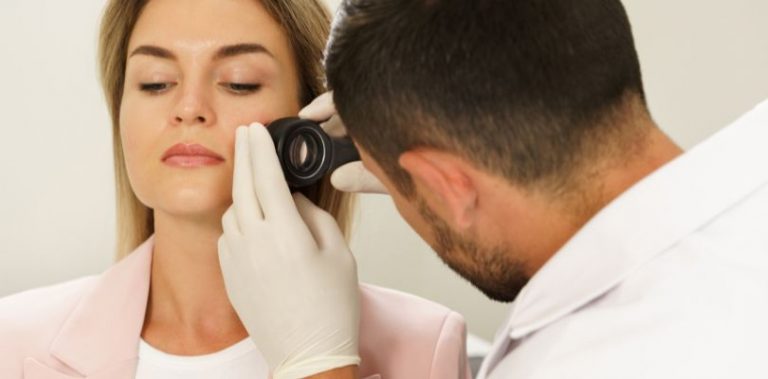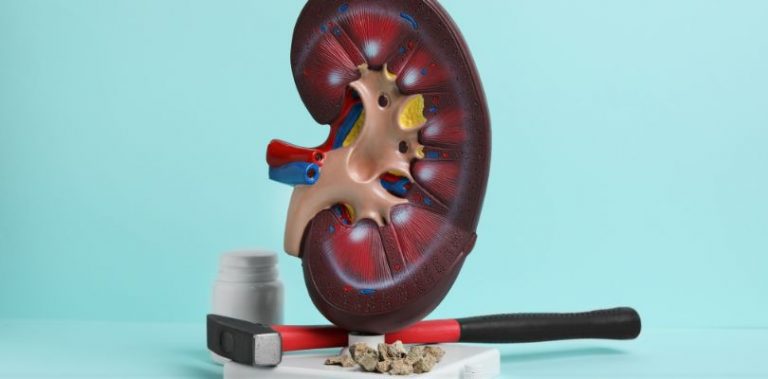The Sneaky Symptoms
Skin cancer is one of the most common types of cancer worldwide. Though certain signs like new moles or changes in existing ones are well-known, there are often silent signals that go unnoticed. In this article, we will discuss some silent signs of skin cancer, what skin cancer is, what causes it and what to look for when doing a self-examination of your skin. We will also explore different treatment options for skin cancer including BRAFTOVI, a prescription medication used to treat individuals diagnosed with melanoma skin cancer with a specific BRAF gene mutation.
Silent Signs of Skin Cancer
Early detection and awareness of these symptoms can make a significant difference in treatment and prognosis. Here are some signs of skin cancer that you should not ignore.
1. Moles That Are Not Brown or Black
While people often look for dark moles, skin cancer can present itself in less conspicuous ways. Lesions that are tan, pink or even white can sometimes be melanomas or another type of skin cancer.
2. Family History
Genetics can play a big part in skin cancer. If you have a family history of skin cancer, you may carry genes that increase your risk, meaning any unusual skin changes should prompt a medical consultation.
3. Bleeding in the Same Spot After Shaving
A cut that doesn't heal or repeatedly bleeds could signal a form of skin cancer called basal cell carcinoma, one that commonly develops in regions exposed to the sun. The skin becomes more fragile, leading to cuts occurring more easily.
4. Recurring Pimple
A pimple that doesn't go away or heals and returns in the same spot could be a squamous cell carcinoma. This type of lesion can resemble noncancerous skin conditions and is often dismissed.
5. Dark Bands on Nails
Dark streaks or bands on the nails might seem harmless, but they can be a form of skin cancer known as acral lentiginous melanoma.
6. A Mole That Doesn't Look Like Other Ones
The "ugly duckling" sign is a mole that doesn't match the rest of your moles either in color, shape or size. It may warrant a closer look from a dermatologist.
7. Ultraviolet Radiation Treatments
Those who have received UV treatment for conditions like psoriasis may have a higher risk, highlighting the importance of monitoring skin changes after such treatments.
8. Previous HPV Infection
Certain strains of the human papillomavirus (HPV) are linked to skin cancer, specifically squamous cell carcinoma.
9. Weakened Immune System
A compromised immune system, due to medications or conditions such as HIV/AIDS, can lead to a higher risk of developing skin cancer.
10. Xeroderma Pigmentosum Gene
This rare genetic disorder affects the skin's ability to repair DNA damage from UV light, dramatically increasing the risk for skin cancer.
11. Exposure to Industrial Chemicals
Those who work with industrial chemicals such as arsenic, coal tar and creosote may face a higher risk of developing skin cancer in exposed areas.
12. Previous History of Skin Cancer
A personal history of skin cancer increases the likelihood of developing new skin cancers in the future.
What is Skin Cancer and What Causes It?
Skin cancer occurs when mutations arise in the DNA of skin cells, causing them to grow out of control and form a mass of cancer cells. The primary cause is usually UV radiation from the sun or tanning beds, which can damage the DNA in skin cells. However, there are other factors, including genetic and infectious ones, that can contribute.
The ABCDE Rule
When examining your skin, remember the ABCDE rule for moles:
- Asymmetry: One half of the mole doesn't match the other.
- Border: Edges are irregular, ragged or blurred.
- Color: Varies from one area to another, with shades of tan, brown, black and sometimes white, red or blue.
- Diameter: Melanomas are usually larger than 6mm, but they can be smaller.
- Evolving: Any change in size, shape, color, elevation or another trait, or any new symptom such as bleeding, itching or crusting.
Treatment Options for Skin Cancer
Treatment depends on the type, location and stage of skin cancer. Here are some common treatment choices.
- Cryotherapy: Freezing early-stage cancers with liquid nitrogen causes the dead tissue to slough off when it thaws.
- Excisional surgery: This involves cutting out the cancerous tissue and a surrounding margin of healthy skin.
- Mohs surgery: A method where cancer is removed layer by layer. Each layer is examined under a microscope until no abnormal cells remain.
- Curettage and electrodesiccation: Scraping away the cancer cells followed by using electricity to kill any remaining cancer cells.
- Chemotherapy: Uses drugs to kill cancer cells. For skin cancer, it could be applied topically to the skin for localized cancer or systemic for advanced cases.
- Immunotherapy: Utilizes the body's immune system to fight cancer. This approach has been beneficial, particularly for advanced melanoma.
- Radiation therapy: Destroys cancer cells with high-energy beams such as X-rays.
Photodynamic Therapy: Uses drugs and a particular kind of light to kill cancer cells. - BRAFTOVI: BRAFTOVI (encorafenib) is a medication approved for unresectable or metastatic melanoma with a BRAF V600E or V600K mutation, which is either inoperable or has metastasized to other areas of the body and cannot be surgically treated. It is often combined with other drug therapies.
Under the Radar
For anyone noticing potential signs of skin cancer, it is crucial to consult a healthcare professional for proper diagnosis and treatment. Awareness, self-examination and early intervention are key to effectively managing this disease.

